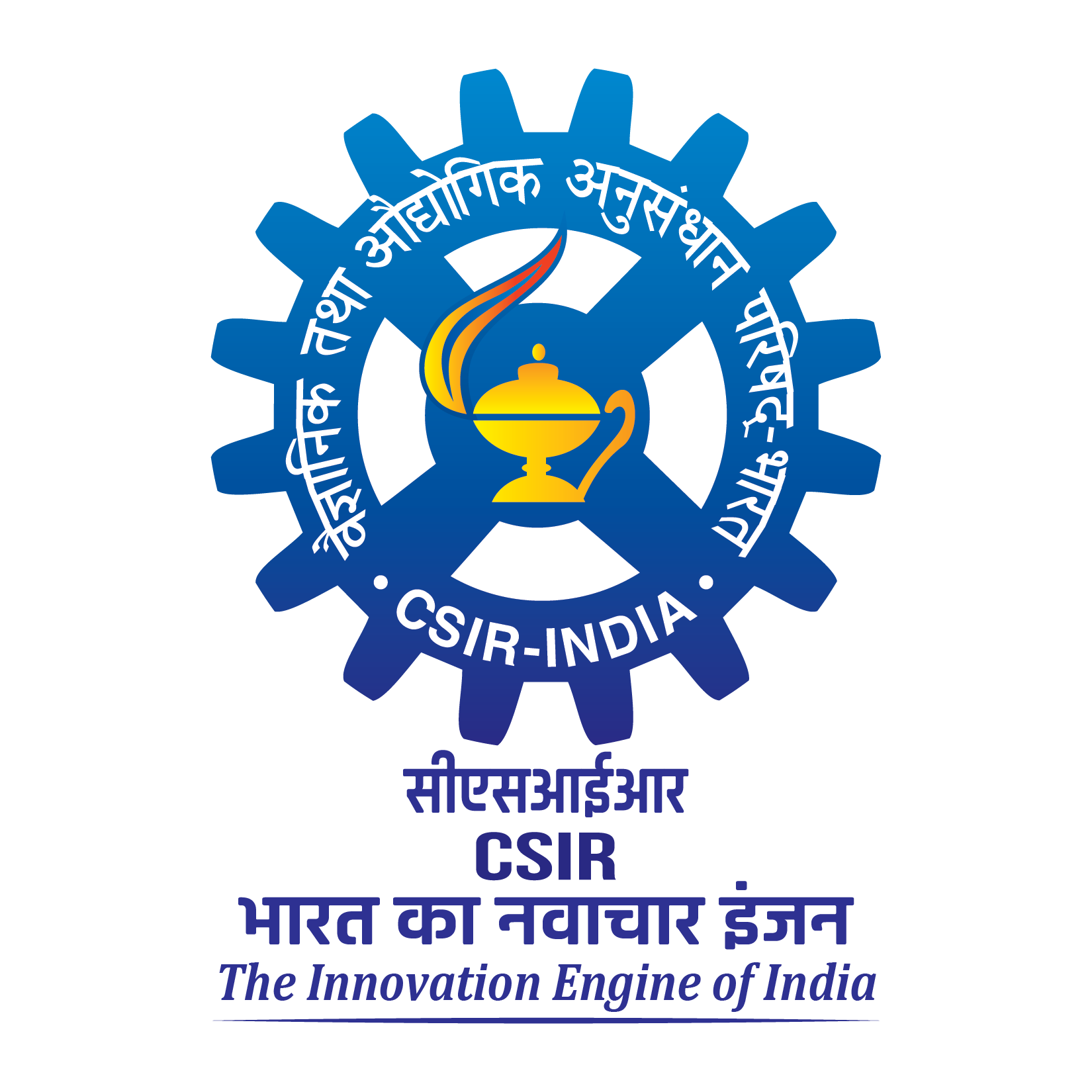Over the past 50 years since the first commercial high resolution NMR spectrometers were
introduced, nuclear magnetic resonance spectroscopy, commonly referred to as NMR, has
become the preeminent technique for determining the structure of organic compounds and
various stages of drug development. Of all the spectroscopic methods, it is the only one
for which a complete analysis and interpretation of the entire spectrum is normally
expected.
With the instrumental and methodological advancements that took place in the past few
decades, now NMR has become even more beneficial for a wide variety of researchers. Now
in addition to liquids NMR can also be carried out on variety of compounds in various
forms that includes polymer gels, lipids, tissue samples, swollen resins, plant
material, food samples, solids, etc.
NMR facility in SAIF, CDRI is highly regarded for its versatility in the types of
samples we can work on e.g. organic, biochemical, geological, agricultural and
biomedical material) as well as the number of nuclei that can be studied by solution and
semi solid NMR. The NMR facility in SAIF, CDRI has a total of three superconducting magnet
systems:

